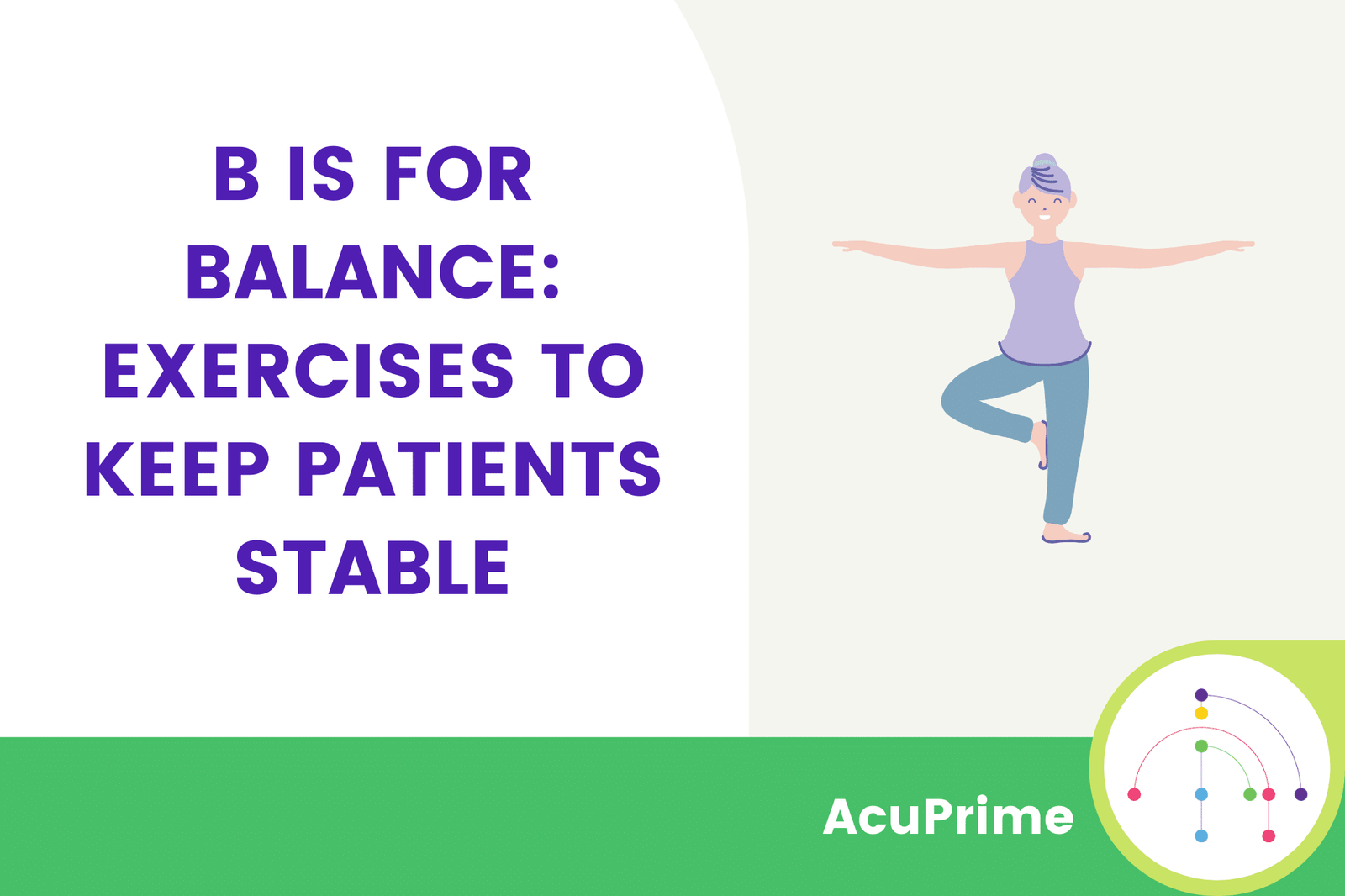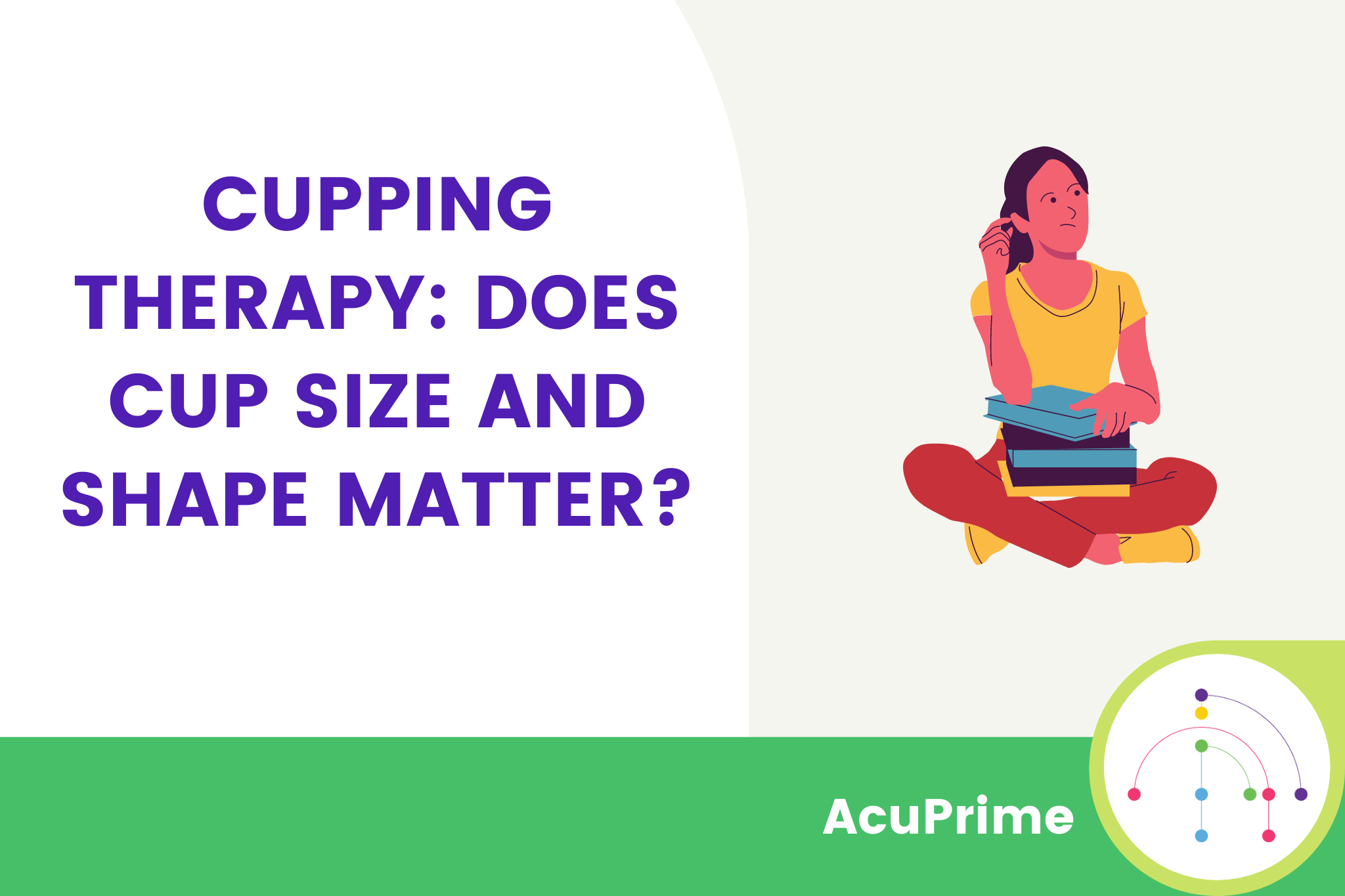Balance is absolutely mission-critical to a healthy life with a reduced risk of injury. It’s something we learn early on as babies, strengthening our muscles and learning to balance on our feet. If we’re particularly enthusiastic children and adults, we might even learn to balance on our hands. Despite seeming so easy that it barely deserves thinking about, our ability to balance begins to falter in middle-age and deteriorates dramatically in our later years.
Every physical therapy practitioner knows that when balance starts to go, injury rates sky-rocket. Loss of balance is a key reason for falls in the elderly and while falling over might not matter to a 20-year-old, it can be life-changing for an 80-year-old.
In this post, we’re going to look at why balance is so important and tools you can use to help your patients retain and improve theirs.
Simply standing
There’s a reason why few animals hang out on two feet, balancing is difficult and standing upright is surprisingly unstable. To combat the effects of gravity, bipeds need to develop excellent balance, muscle strength and bone density. Unfortunately, these are all things that decrease with age.
There are three main systems that allow us to balance well: visual, vestibular and somatosensory – typically from joints and muscles in the feet and legs. In combination, these systems allow our bodies and brains to quickly process information from these systems and keep us upright. Take one away, and our balance suffers.
An easy way to show patients just how tough balancing can be is to ask them to stand on one leg. Depending on the patient, this might be easy or hard. If they find it easy, you can ask them to close their eyes and try it; it’s likely they’ll suddenly find it exceptionally difficult.
We fall because something disrupts our ability to balance. This might be because we trip over a curb, are pushed or experience a delay in information reaching the brain. As we all know, falling hurts but fall in the wrong place or with weakened bones and it could be a life-threatening occurrence. As the systems that control balance begin weakening as early as our late 20s, it’s vital that everyone take steps to retain their ability to balance well.
Balance practice
There are lots of ways to practice balancing and many are easy to fit into daily life. By encouraging patients of every age to see balance practice as an important pursuit, you can help them stay healthy and in the habit of using their balance systems.
1. Walking
Walking is perhaps the most straightforward balance-building exercise. It’s free, can be done anywhere and can be easily adjusted to suit your patient’s needs. Walking strengthens the lower body and the feet, all of which are crucial for good balance. Mixed-terrain walking can further build balance as the legs, ankles and feet need to work harder to adjust to the uneven ground.
2. Yoga and Tai Chi
Both yoga and Tai Chi are particularly excellent for building strengthen and balance as they use dynamic movements, shifting weight and adjustable poses. Total beginners can easily find suitable classes and online videos and progress is often clear and encouraging.
3. Resistance training
Resistance bands are fantastic for building muscle at any age, particularly for older people. Bands allow for gentle, controllable resistance and results can be fast. While any age group can use resistance bands for balance training, they’re particularly beneficial for the elderly and those recovering from injury, as they’re low-impact and can be used sitting down.
4. Imaginary balance beam
There are few things more impressive than Olympic gymnasts performing leaps on a balance beam but this concept can be used for improving balance in ordinary folk too, no beam required. Patients can practice walking in a perfectly straight line with one foot directly in front of the other. This is naturally destabilising and challenges the body to work harder to retain its balance.
5. Single-leg stands
Standing on one leg is another simple yet effective method for improving balance. Patients can do it while waiting for the kettle to boil, while brushing their teeth or even whilst on the phone. If they’re unsteady, it’s wise to have a wall or other solid object within easy reach, to avoid the risk of falling. This exercise can easily be adjusted by starting them off with 10-second balances on each foot and increasing the duration over time, eventually adding in single-leg stands for the eyes closed.
Get the balance right
No matter what your patients see you for, it might be worth checking their balance if time allows. By drawing their attention to the seemingly simple but crucial skill, you can set them up for a life of good balance.








